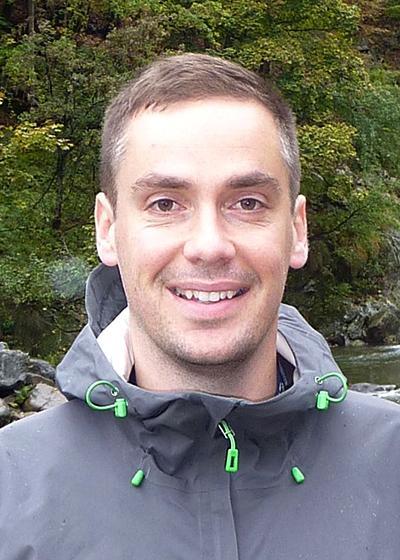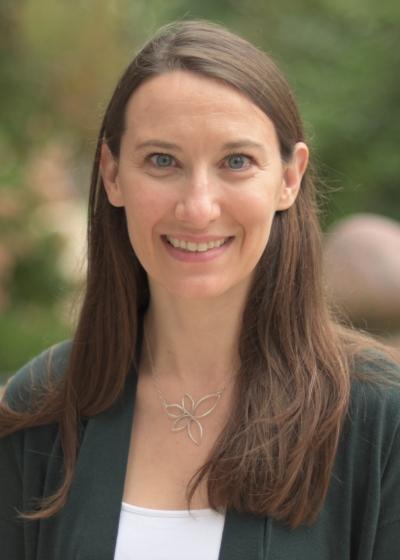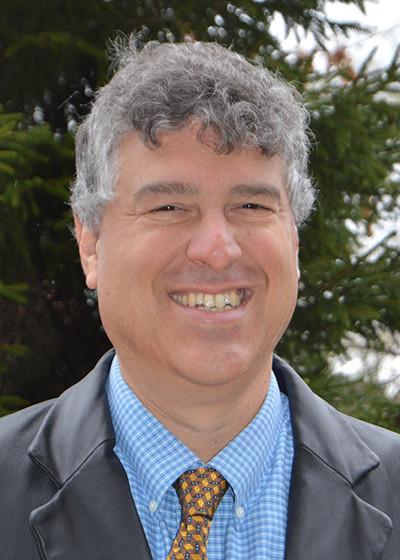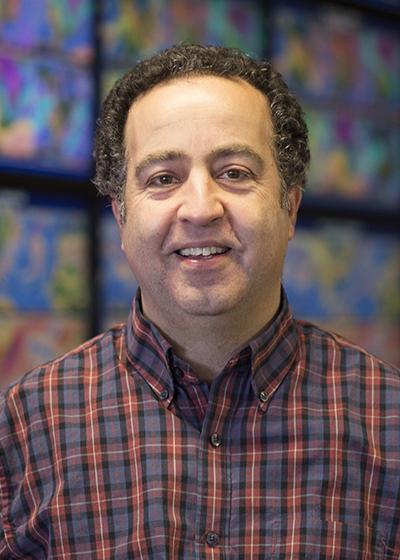

Chris Forest
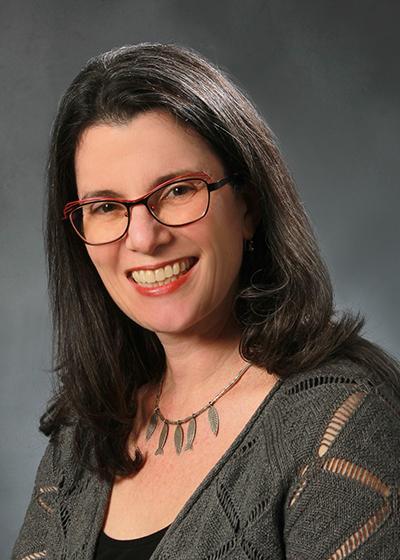
Maureen Feineman
I identify as an igneous and metamorphic petrologist, and an isotope geochemist. Most of my research relates to mass transfer and processing in subduction zones. I am interested in all aspects of subduction - from sediment ingestion into the trench, to the metamorphic reactions (especially dehydration reactions) that take place in the downgoing slab, to mantle metasomatism and melting, to the magmatic and volcanic processes taking place at all depths in the arc crust. Beyond subduction-related processes, I am also interested in large mafic igneous provinces including Iceland and the Bushveld / Rustenburg Layered Suite. Recently, I have been dabbling in critical element resources in Pennsylvania including lithium, cobalt, and rare earth elements.
Current Research / Funded Projects:
E-FIRE (ExTerra Field Institutes and Research Endeavor) Partnership for International Research and Education. The E-FIRE project, now nearing completion, funded 11 PhD students and postdoctoral scholars at US institutions to conduct field work in the Western Alps and Voltri Massif (France and Italy) in collaboration with European partners. The scientific themes of this project included fluid transfer, reaction timescales, and rheological properties of materials at the slab interface and mantle regions of a fossil subduction zone.
- Boron loss and isotopic fractionation as a tracer of fluid loss during sediment subduction and dehydration in Southwest Japan. In collaboration with colleagues at UT Austin and Tohoku University, we are investigating the progressive metamorphism of sediments from deposition at the seafloor to breakdown at sub-arc depths using samples from the Nankai Trough, Shimanto Shale, and Sanbagawa Schist units. We are also looking at the timing of peak metamorphism and exhumation rates for the Sanbagawa Schist.
- GeoPEERS (Geosciences Program in Energy and Environmental Resource Sustainability) Research Experience for Undergraduates. This program aims to prepare the next generation geoscience workforce by providing participants with the skills to approach natural resource exploration and development, environmental science, environmental justice, climate change, and sustainable development as one integrated system.
- Dean’s Fund Postdoc “Decolonizing the 40th Parallel”. The goal of this project is to make Geosciences Field Camp more inclusive and introspective by developing a co-curriculum around exploration and exploitation, Westward Expansion, extractive scientific practices, and the cultural, historical, and scientific importance of mapping.
I identify as an igneous and metamorphic petrologist, and an isotope geochemist. Most of my research relates to mass transfer and processing in subduction zones. I am interested in all aspects of subduction - from sediment ingestion into the trench, to the metamorphic reactions (especially dehydration reactions) that take place in the downgoing slab, to mantle metasomatism and melting, to the magmatic and volcanic processes taking place at all depths in the arc crust. Beyond subduction-related processes, I am also interested in large mafic igneous provinces including Iceland and the Bushveld / Rustenburg Layered Suite. Recently, I have been dabbling in critical element resources in Pennsylvania including lithium, cobalt, and rare earth elements.
Values:
In my group, we believe that science is for everyone. I strive to create an inclusive and welcoming environment, and expect the same of my students and collaborators. I encourage students to think independently and creatively, which sometimes means making mistakes. I challenge myself and my students to grow by stepping outside of our relative comfort zones.

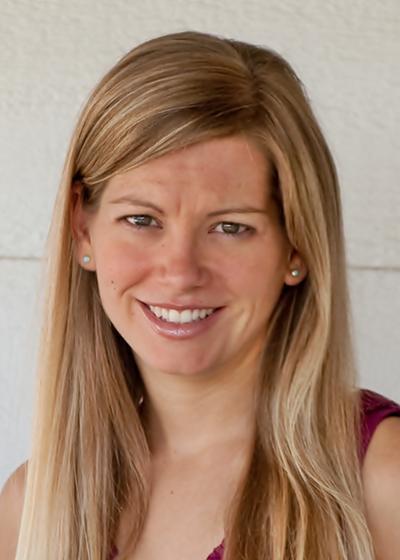
Erin DiMaggio
I study sedimentary rocks and volcanic deposits to learn about continental rifting process, and the timing and geologic setting of early human evolution. Broadly, my current and ongoing research can be split into three themes: the geologic context for early human evolution; extensional faulting and basin development; and magmatic evolution of explosive volcanism in rift zones. This work is focused in eastern Africa and it is highly collaborative. I working closely with paleontologists and archaeologists among others.
- Geochemical correlations of tephra deposits in Afar, Ethiopia for human origins studies. This project also involves stratigraphic analysis to interpret depositional environments and structural geology looking at rift development.
- Dating, geochemistry, and stratigraphy of ~5-6-million-year-old paleontological sites near Narok, Kenya.
- Geomorphology of the lower Awash, Afar Ethiopia using cosmogenic radionuclides.
- Building an explosive volcanic geochemical database for eastern Africa (EARThD) in collaboration with NSF/IEDA.
Over the course of my academic career, I have been involved in several outreach programs for K-12 and higher education students that promote STEM disciplines (science, technology, engineering and mathematics). See my personal webpage for more information.
I am currently the PSU Undergraduate Research Programs Director for the NASA/Pennsylvania Space Grant Consortium (PSGC) at Penn State University. I direct the PSGC Research Internship Program called WISER|MURE|FURP which places first-year undergraduate students with faculty mentors in STEM fields at Penn State for a year-long (2 semester) research internship.
I develop and teach educator workshops for Pennsylvania K-12 teachers. One workshop focused on the geology and paleontology of the Bighorn Basin in Wyoming and Montana (workshop held in Montana) and another on explosive volcanic deposits hosted at Penn State.
Allison Baczynski

David Bice
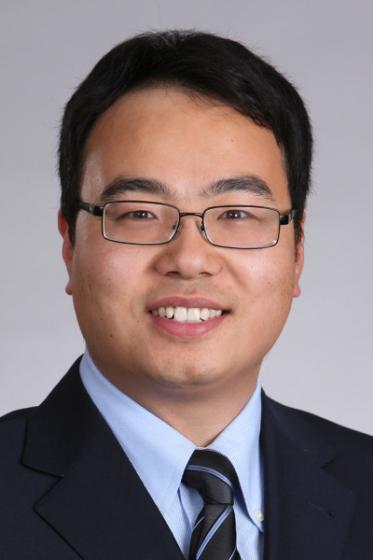
Tieyuan Zhu
Our EGG group is dedicated to improving the physical imaging of near-surface geology structure and its physical properties using quantitative geophysical methods (seismic and ground-penetrating radar).
Current projects include:
- Imaging sequestrated CO2
- Fiber-optic for environment senseing (FORESEE)
- Seismic wave attenuation & Q full waveform inversion
- Micro-earthquake source imaging and tracking
- GPR
I am a geophysicist who pushes the resolution limit of geophysics data including seismic and GPR for studying near surface geology associated with environmental and energy problems (e.g. near surface geology, geohazards, and CO2 sequestration). I am leading a research group Environmental Geophysics Group (EGG) at Penn State Geosciences.
Peter Wilf
Fossil plants tell the story of our green planet’s evolution and reveal its landscapes from deep time to present. They are also extremely sensitive indicators of past climates, plant-insect interactions, biodiversity, and the effects of significant environmental disturbances. These data provide deep-time analogs that uniquely illuminate modern ecosystems and their possible responses to anthropogenic change. My temporal focus is the latest Cretaceous through middle Eocene, ~67-45 million years ago (Ma), an interval characterized by global disturbances that are closely spaced in geologic time. These include latest Cretaceous warming and cooling (68-66 Ma), the end-Cretaceous mass extinction (66 Ma), ensuing recovery during the Paleocene (66-56 Ma), and both abrupt and long-term warming across the Paleocene-Eocene boundary (56 Ma). I enjoy collaborations with numerous colleagues worldwide and a terrific lab group, with whom I do extensive fieldwork, concentrated currently in Patagonia, Argentina, and increasingly in SE Asia. Here are highlights of two current projects, and more are listed here.
Origins of Southeast Asian Rainforests from Paleobotany and Machine Learning
This cutting-edge NSF project is underway in collaboration with Dr. Thomas Serre’s machine-learning lab at Brown, Dr. Maria Gandolfo’s paleobotany lab at Cornell, and numerous collaborators at MEF in Argentina and in several more countries including China, India, Australia, Vietnam, Indonesia, and Brunei. We aim to develop the powerful tools of machine learning to identify fossil leaves and shed a powerful new light on the evolution of SE Asia’s extremely biodiverse and threatened rainforests. We are making and using extensive fossil collections from SE Asia and diverse areas that have contributed to the flora through plate movements over geologic time.
Patagonia Paleofloras Project
The fossil record of life on land predominantly comes from the Northern Hemisphere. However, the outstandingly rich, relatively little-known fossil beds of Patagonia, southern Argentina, provide an unrivaled opportunity to learn whether life responded differently to mass extinction, plate tectonics, and past climate change on the other side of the world. This multinational NSF project intensively samples and analyzes fossil plants and animals from Patagonia through about 20 million years, from just before the end-Cretaceous dinosaur extinction (66 million years ago), through the early recovery period and the Eocene warming interval. Through groundbreaking field discoveries, comprehensive collections, and state-of-the-art lab techniques, this research is transforming understanding of the origins of the Southern Hemisphere’s floras and biomes, the role of Patagonia, and the legacy of surviving living fossils now located in vulnerable rainforest areas as far away as Southeast Asia (see above). A Google Scholar page lists our >135 publications.
- Fellow, Paleontological Society 2017.
- Fellow, Geological Society of America 2016.
- Paul F. Robertson Research Breakthrough of the Year Award, Penn State College of Earth & Mineral Sciences 2016.
- George W. Atherton Award for Excellence in Teaching, Pennsylvania State University 2013.
- Kavli Fellow, National Academy of Sciences and Alexander von Humboldt Foundation 2011.
- Distinguished Lecturer, The Paleontological Society 2009-2012.
- David and Lucile Packard Fellow in Science and Engineering 2005-2010
After an eclectic and non-geological undergrad career (B.A. Penn 1985), I spent three years teaching junior high school in New Jersey and then four years freelancing with my guitars in West Philly. I discovered geology and then paleobotany at the early age of 29 and have never looked back. I somehow moved from the street, almost literally, onto the doctoral track in Penn Geology and defended in 1998. Most of my thesis research was done in residence at the Smithsonian, on megafloral and paleoclimatic change across the Paleocene-Eocene boundary in southern Wyoming. During this time and in an ensuing Smithsonian postdoc, I began developing two major subsequent themes of my research: the fossil history of plant-insect associations and the unbelievable riches of Patagonian fossil floras. I spent three terrific years at Michigan, 1999-2002, as a Michigan Fellow and happily joined the Penn State Geosciences faculty in 2002, where I have been developing these and several other wonderful research projects with my students and colleagues all over the world.
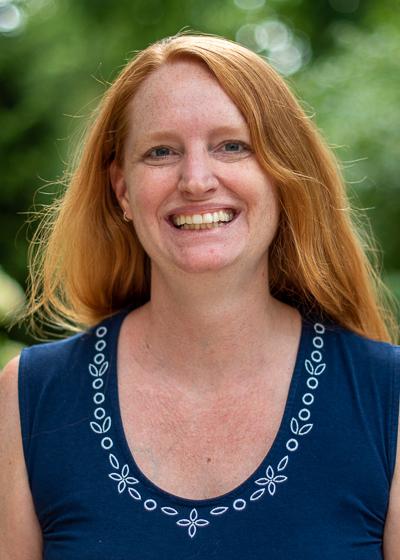
Christelle Wauthier
